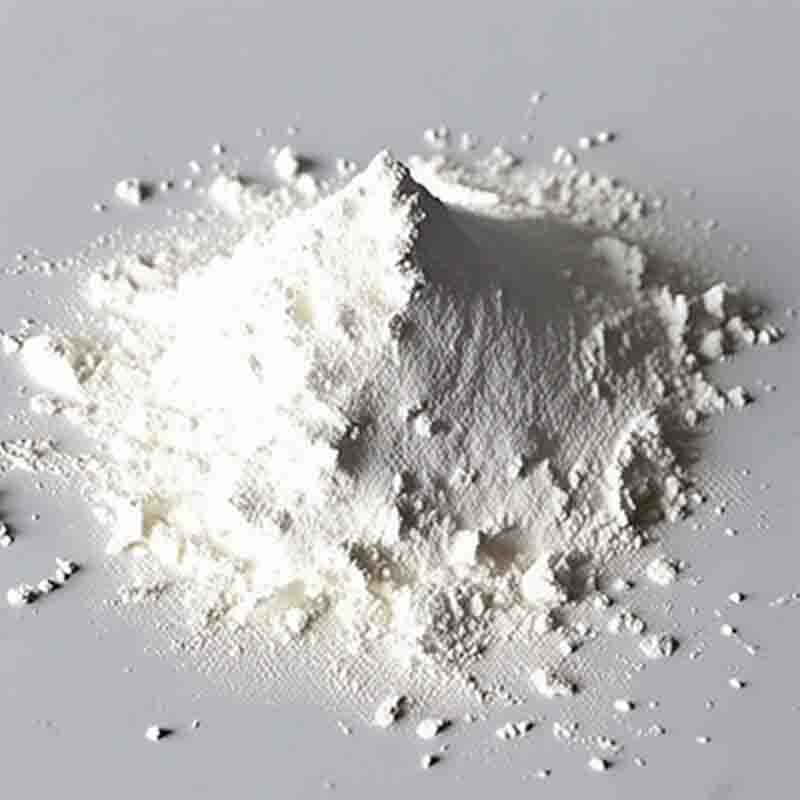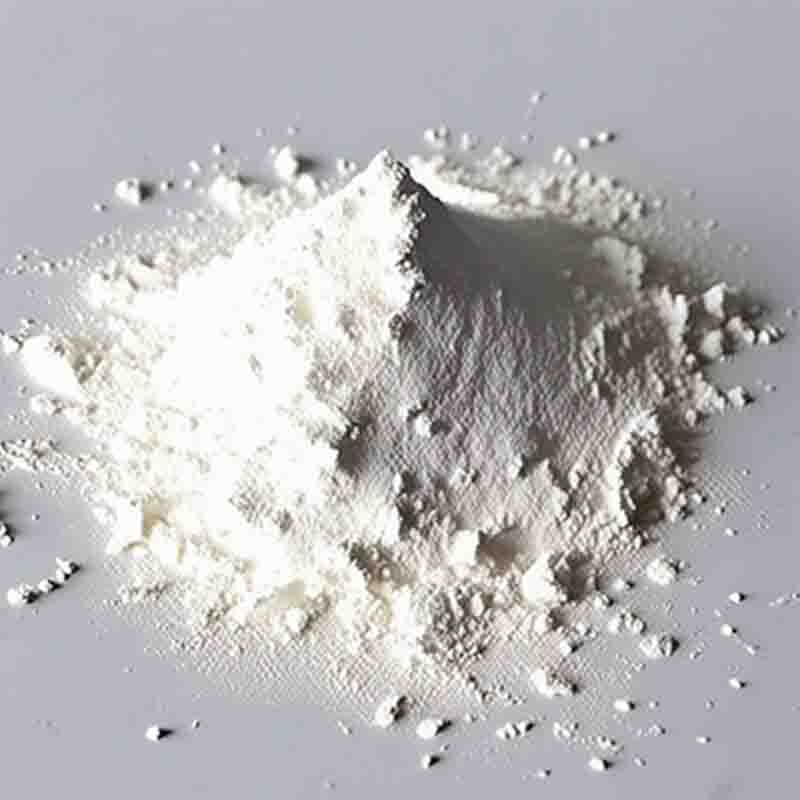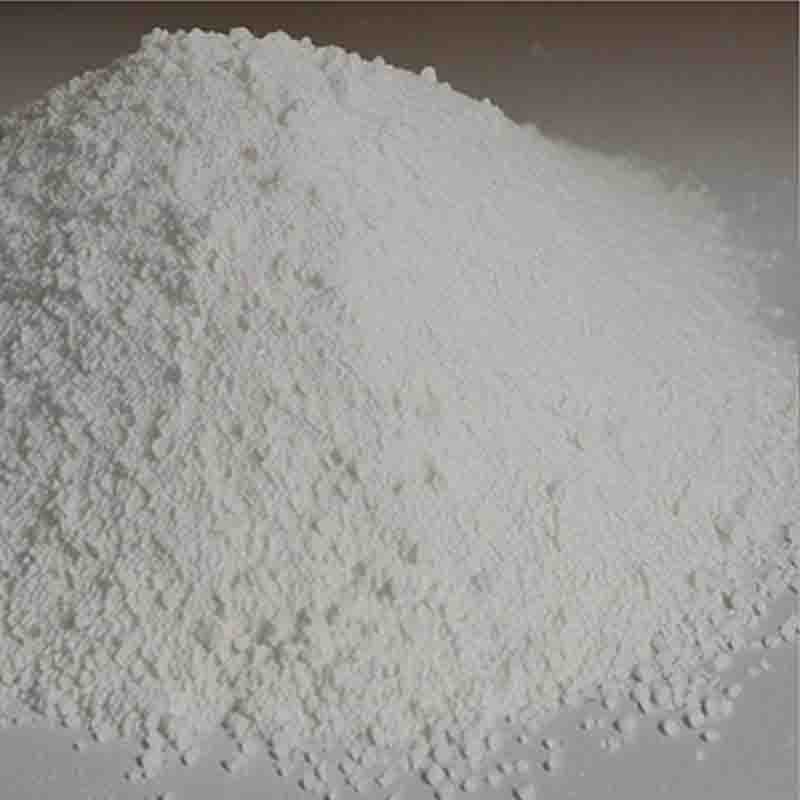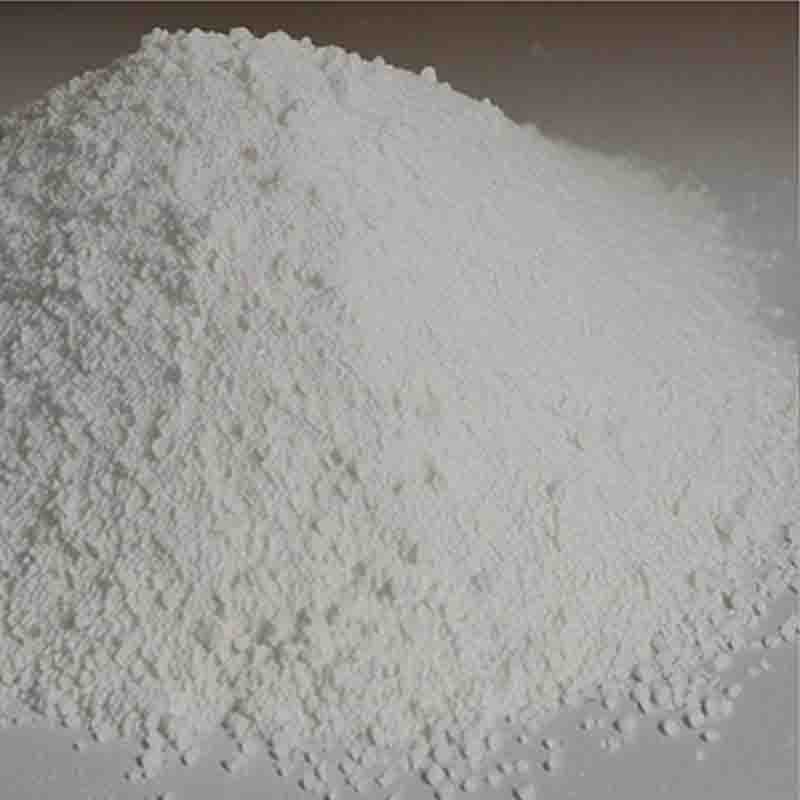N(alpha)-fmoc-N(in)-boc-L-tryptophan CAS:143824-78-6
| Catalog Number | XD95794 |
| Product Name | N(alpha)-fmoc-N(in)-boc-L-tryptophan |
| CAS | 143824-78-6 |
| Molecular Formula | C31H30N2O6 |
| Molecular Weight | 526.58 |
| Storage Details | Ambient |
Product Specification
| Appearance | White powder |
| Assay | 99% min |
N(alpha)-Fmoc-N(in)-Boc-L-tryptophan is a modified form of the amino acid L-tryptophan. It is a commonly used building block in peptide synthesis and solid-phase peptide synthesis (SPPS). The N(alpha)-Fmoc (9-fluorenylmethyloxycarbonyl) group protects the alpha-amino group, and the N(in)-Boc (tert-butyloxycarbonyl) group protects the indole nitrogen atom of the tryptophan residue.One of the main effects of N(alpha)-Fmoc-N(in)-Boc-L-tryptophan is its incorporation into peptide chains. Peptides are composed of amino acids linked together through peptide bonds, and N(alpha)-Fmoc-N(in)-Boc-L-tryptophan serves as a building block in this process. By introducing N(alpha)-Fmoc-N(in)-Boc-L-tryptophan into the peptide sequence, researchers can study the effects of tryptophan on peptide structure and function.Tryptophan is an essential amino acid that plays crucial roles in protein structure and biological functions. It is known for its unique properties, such as its ability to absorb ultraviolet (UV) light and participate in important interactions, such as hydrogen bonding and π-π stacking. Incorporating N(alpha)-Fmoc-N(in)-Boc-L-tryptophan into peptide sequences allows researchers to explore these properties and investigate the impact of tryptophan on peptide folding, stability, and activity.Furthermore, N(alpha)-Fmoc-N(in)-Boc-L-tryptophan is used in the synthesis of tryptophan-containing peptides for various applications. Tryptophan is often present in bioactive peptides and proteins, and its presence can influence their structures and functions. By incorporating N(alpha)-Fmoc-N(in)-Boc-L-tryptophan into peptide sequences, researchers can study the effects of tryptophan on peptide-protein interactions, receptor binding, enzyme catalysis, and other biological activities.Another significant effect of N(alpha)-Fmoc-N(in)-Boc-L-tryptophan is its role in the synthesis of fluorescent peptides and probes. Tryptophan is inherently fluorescent, and its fluorescence properties can be utilized for various applications, including fluorescence spectroscopy, imaging, and sensing. By incorporating N(alpha)-Fmoc-N(in)-Boc-L-tryptophan into peptide sequences, researchers can create fluorescently labeled peptides and develop peptide-based probes for studying biological processes and detecting molecular interactions.Moreover, N(alpha)-Fmoc-N(in)-Boc-L-tryptophan is a valuable tool in the design and synthesis of peptide libraries. Peptide libraries are collections of diverse peptides that can be screened to identify ligands, inhibitors, or therapeutic leads. By incorporating N(alpha)-Fmoc-N(in)-Boc-L-tryptophan into the library, researchers can explore the potential functions and activities of tryptophan-containing peptides.In summary, N(alpha)-Fmoc-N(in)-Boc-L-tryptophan is a versatile building block in peptide synthesis and SPPS. It allows for the controlled incorporation of tryptophan residues into peptides and enables the study of tryptophan's effects on peptide structure, folding, and function. N(alpha)-Fmoc-N(in)-Boc-L-tryptophan is also valuable for the synthesis of fluorescent peptides and probes, as well as in the design of peptide libraries. Its utilization enhances our understanding of tryptophan's role in peptide and protein biology and enables the development of novel peptide-based tools and therapeutics.









